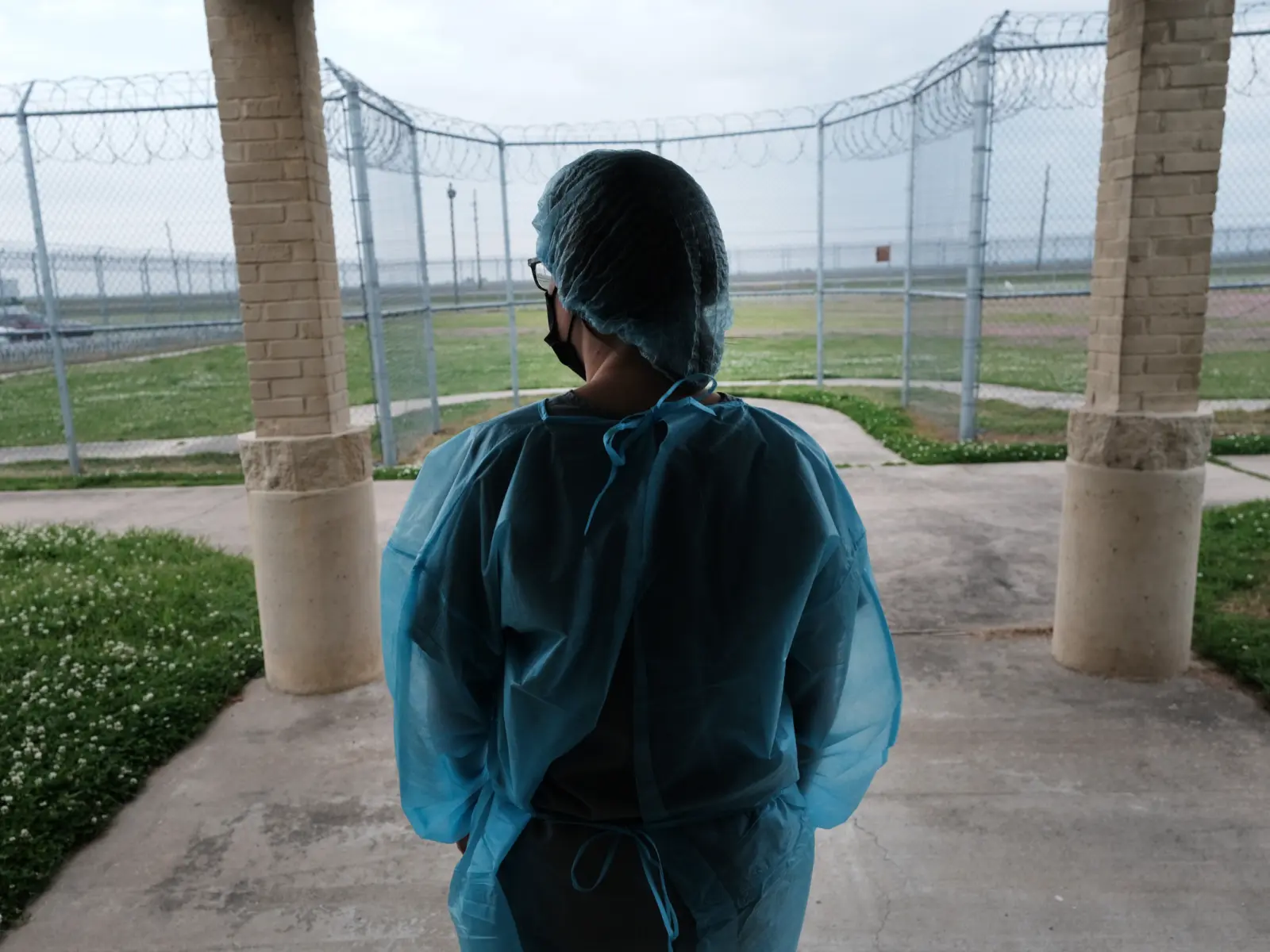During Louisiana’s recent gubernatorial election, voters repeatedly ranked crime as their number-one concern in polls, and the top candidates responded accordingly with tough on crime rhetoric.
But crime wasn’t out of control – at least not according to the available data.
In New Orleans, the nonprofit Metropolitan Crime Commission had actually found a double-digit drop in all major violent crime categories in the city between 2022 and 2023. Furthermore, there was a lack of up-to-date state-wide data given that as of the October 2023 election, the state had still not produced National Incident-Based Reporting Systems data for 2021, and Uniform Crime Reports 2022 had not been released.
This election and its impact are top of mind for Jeff Asher, the co-founder of AH Datalytics (AHD), which provides modern analytical models to organizations that serve the public good.
“We’re deciding who our leaders are going to be, and it’s been several years since any data was actually reported on the number-one issue,” says Asher. “The presence of data does not suddenly lead to perfect decision-making, but the absence of data is — in almost every respect — harmful.”
The presence of data does not suddenly lead to perfect decision-making, but the absence of data is — in almost every respect — harmful.Jeff Asher co-founder of AH Datalytics
Concerns about that lag are what have led Asher and AHD to create the Real-Time Crime Index, a repository of preliminary crime data from hundreds of law enforcement agencies across the country that will produce more accurate crime trends, more quickly. The project aims to reach not just political leaders and candidates (and their campaign slogans), but policymakers, academics, journalists, and the public.
“Central to evidence-based policy solutions is improving data transparency”
This dedication to data and evidence made the Real-Time Crime Index a perfect fit for support from the criminal justice initiative at Arnold Ventures (AV), whose mission is to advance evidence-based solutions and policies to address problems and inequities throughout the criminal justice system.
“Central to evidence-based policy solutions is improving data transparency,” says Anita Ravishankar, director of criminal justice research at AV. “It’s hard to demand informed decisions when we don’t have even the basics, like a nationwide homicide rate, in our hands.”
Jennifer Doleac, executive vice president of criminal justice at Arnold Ventures, is excited to see the ways in which Asher and his team can expand on the work they’ve already done in the space of crime-data collection and analysis. This includes the relationships with 150 agencies and partners they’ve already formed as well as their YTD [Year to Date] Murder Comparison dashboard, a simple and streamlined spreadsheet of homicide statistics in America’s largest cities and towns.
“In polls for the last several decades, everyone always says that crime has been rising, and they’re usually wrong. Aside from the recent rise in violent crime during the Covid-19 pandemic — which is a real and valid concern — crime has generally been falling since the mid-1990s,” says Doleac. “If the premise of the problems is wrong, then the proposed solutions might not be helpful.”
The typical data collection lag at the municipal, state, and federal level isn’t just inconvenient and unproductive, it can be downright dangerous, Doleac explains. “We have to wait another two years to find out if that policy from two years ago was effective. It’s really difficult to make sure our solutions are having the beneficial effects, which is crucial in any policy space — but especially where there are actual life-and-death matters, like the criminal justice space,” she says.
“We don’t care about data for the sake of data, but rather for what it tells us”
With support from AV, AHD plans to develop the Real-Time Crime Index and improve collection of, and access to, crime data more generally. The first step is outreach to more law-enforcement partners across the country. “It’s important that agencies are willing to participate,” says AHD co-founder Ben Horwitz. “When we can find interested organizations that are able to help with data access or give opinions on what the final product should look like, we want to have those conversations.”
When we can find interested organizations that are able to help with data access or give opinions on what the final product should look like, we want to have those conversations.Ben Horwitz co-founder AH Datalytics
Easing the flow of information is the second step of the plan, ensuring that the burden of participation is not too great. With an understanding of the limited capabilities of some municipalities to collect this kind of data, AHD will offer training and technical support to agencies that may require assistance. As they have in the past with several cities, AHD also hopes to gain direct access to the Records Management Systems (RMS) of cities and states. Regularly auditing that reported data on a third-party basis is yet another benefit of taking part in the Index, and the is the third step in AHD’s implementation plan.
Simply collecting and vetting this information would represent a new and worthwhile endeavor, but AHD has a grander vision for the Index. “We don’t care about data for the sake of data, but rather for what it tells us,” says Asher. “How can we use it to inform discussions?”
To that end, another key component of AHD’s plan will be creating data visualizations, including tables and graphs of year-to-date as well as historic trends. Building on their past work with dashboard templates, the organization will work with web developers and graphic designers to produce dynamic, easily accessible, downloadable imagery for policymakers, press, and the public.
“Data over a longer period of time in one place makes a huge difference,” says Ravishankar. “All the charts from recent reporting showed this big increase in crime in 2020, and that’s all we get. Tables and graphs showing historical crime trends will better allow users to put things in context.”
Ravishankar also applauds AHD’s goal of working with 500 jurisdictions on the project, both because of how smaller cities and towns might benefit from using the data, and for the ways that additional information will scale to better represent national shifts. “What’s unique about working with a group like AHD is that they have nimbleness, expertise, and reach — as well as depth of engagement — that will get them far in overcoming some of the historical challenges to this work.”
“This is definitely a public service”
While Asher and Horwitz are thrilled to begin building out the Index, they already have ambitions for how they’ll hand it off down the road. They ultimately hope to transfer its management to a federal agency. “This is definitely a community service — something AHD thinks should be done — but the government should own this eventually,” says Doleac.
Time is of the essence when finding answers to some of the nation’s most pressing justice questions, and the Real-Time Crime Index aims to dramatically shrink the data lag that is endemic in the criminal justice system. “The overall time gap in understanding what is happening in the country puts decision makers at a huge disadvantage when understanding how and when they should engage in problem-solving,” says Ravishankar. “Knowing the right thing at the right time often makes a huge difference in getting it right.”




















